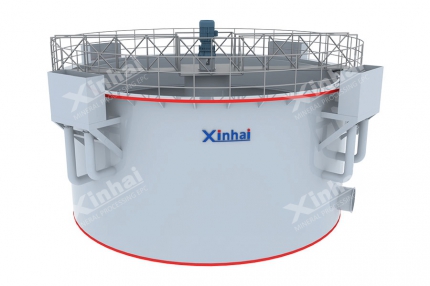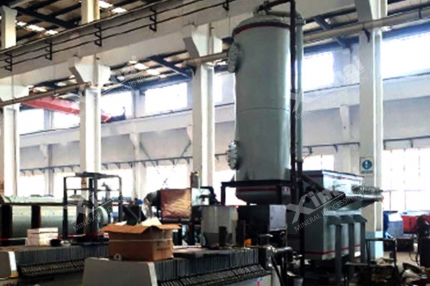Alluvial gold is formed by vein gold under long-term weathering. Long-term
alluvial action causes alluvial gold to be mixed with other minerals besides
gold. Therefore, it is necessary to process it to separate gold from other
minerals and improve the purity of gold in order to obtain gold concentrate.
This article introduces the common types of alluvial gold, alluvial gold mining
methods and process.
Use the table of contents below to navigate through the guide:
01Types of alluvial gold deposits
According to the different sedimentary environments, gold grain
characteristics and occurrence locations, alluvial gold deposits can be divided
into four types: riverbed gold deposits, river valley gold deposits, alluvial
fan gold deposits and beach placer gold deposits.
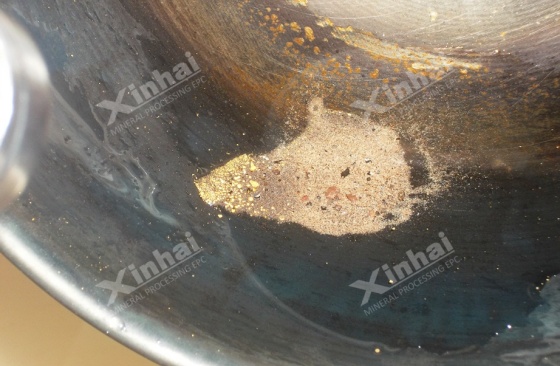
Riverbed gold mine and valley gold mine: shallow burial, no
need for complicated underground work, lowest mining cost, highest return on
investment.
Alluvial fan gold placer: due to the wide distribution of
gold, it is difficult to enrich, and requires investment in large-scale gold
washing plants, which requires high investment. If the gold grade is above
0.5g/t, it has investment value.
beach placer gold deposit: It is difficult to obtain good
mineral processing results by relying on traditional gravity separation, and
chemical leaching is required, which is costly. If high-value minerals (such as
titanium and rare earth) are present, comprehensive recovery can be considered
to increase profits.
02alluvial mining methods
The mining technology of alluvial gold mines is very mature. After years of
mining experience, the mining methods can be summarized into the following 8
types:
1. Gold Panning
Gold panning is a manual method. People hold shallow pans filled with water
and sediment and rotate the pans. The lighter materials are washed away, leaving
heavier minerals, including gold, to settle at the bottom of the pan.
2. Gold Washing
The equipment for washing ore is a washing box, which is a long, narrow
channel with corrugations (raised barriers) on the bottom. Water carrying
sediment is directed into the washing box, and as the water flows through, the
corrugations capture the heavier minerals, while the lighter materials are
washed away.
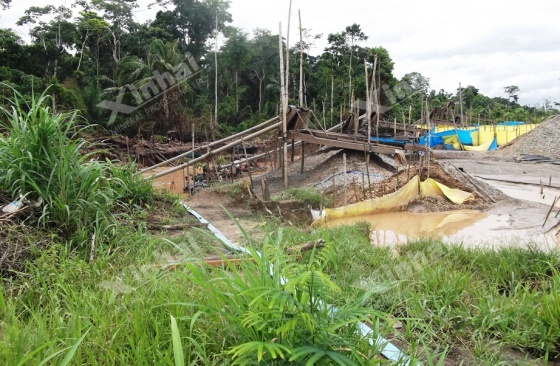
3. Dredging
Dredging is used for mining underwater or in deep riverbeds. A dredger is a
floating barge equipped with a suction pump and a series of buckets or conveyor
belts to remove sediment from the riverbed. The sediment is then processed on
board to separate out valuable minerals.
4. Dry Cleaning
Dry cleaning is used in arid areas where water is scarce. A dry cleaning
machine is used, which blows air through a plate of sand and gravel to separate
the lighter materials. The heavier minerals remain in the plate, including
gold.
5. Concentrating Table
A concentrating table, also known as a shanking table, uses a vibrating
motion to separate minerals based on their size and density. The table has an
inclined surface with corrugations, and as the material moves down the table,
the heavier minerals settle in the corrugations, while the lighter material is
washed away.
6. Spiral Chute
Spiral chutes use the principle of centrifugal force to separate minerals
based on their density and size. The spiral-shaped device allows water to flow
through, carrying sediment with it. As the water spirals downward, heavier
minerals settle along the inner wall of the spiral, while lighter materials are
carried away with the overflow.
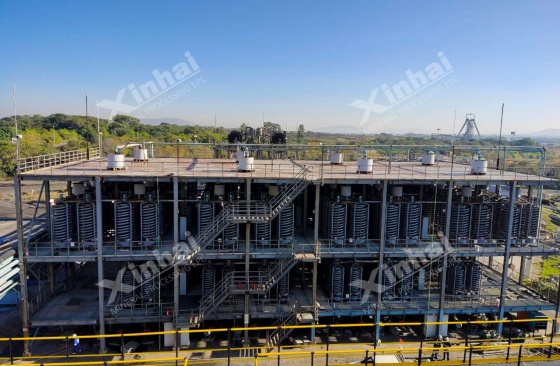
7. Jig
A jig alternately dips and lifts a sediment-filled screen into the water. The
up-and-down motion causes heavier minerals to settle at the bottom of the jig
while lighter material is washed away.
8. Heavy medium separation
Heavy media separation separates minerals based on their density. Sediment is
mixed with heavy media and denser minerals sink while less dense materials
float.
These methods may be used alone or in combination, depending on the type of
deposit, the size and density of the minerals, and the scale of the mining
operation.
03alluvial mining process
1. Mining operations
Choose the appropriate mining method according to the characteristics and
geographical location of the ore deposit. Common mining methods include:
Gold mining by dredging ship: Applicable to placer gold
mines in water bodies, gold mining ships operate directly in the water through
excavation and washing.
Engineering machinery mining method: Use engineering
machinery such as bulldozers and loaders to dig and load in arid areas.
Hydraulic machinery mining method: Use high-pressure water
flow to flush the ore sand, and complete flushing, transportation and washing
through water flow.
2. Preliminary processing
The mined ore sand needs to be processed to remove large rocks and
impurities. This step usually includes screening and gravity separation.
3. Washing operation
Washing is an important step in the beneficiation of placer gold ore. Through
hydraulic washing and mechanical action, the sand and gravel are separated into
individual particles and clay and other impurities are removed.
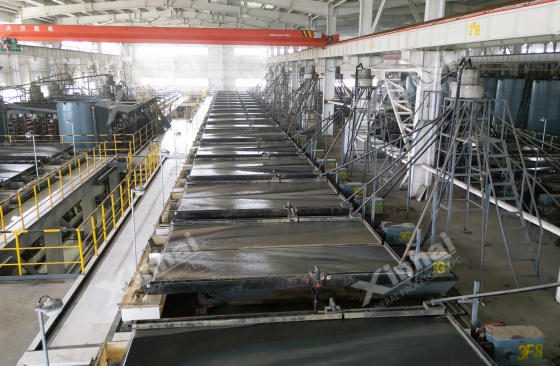
4. Gravity separation
Gravity separation is the main method of gold placer beneficiation, which
uses the density difference between gold and sandstone to separate. Commonly
used equipment includes spiral chutes, shaking tables, etc.
5. Concentration and purification
The concentrate after roughing needs to be further concentrated to improve
the grade and recovery rate of gold. This step can be carried out using
equipment such as shaking tables. The final concentrate can be cast into gold
ingots by pyrometallurgical smelting.
6. Tailings treatment
The tailings after beneficiation need to be properly handled, usually by
discharge or reuse to reduce environmental impact. Modern beneficiation plants
pay more and more attention to environmental protection, and use circulating
water systems and tailings dams to manage tailings.
The above introduces the types, mining methods and processing of alluvial
gold placer. Xinhai can build alluvial gold ore washing plants for customers and
sell alluvial gold equipment.

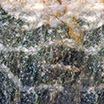
 marketing@ytxinhai.com
marketing@ytxinhai.com  0086 13810327080
0086 13810327080 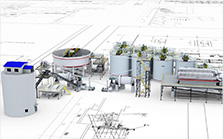
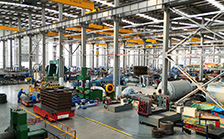
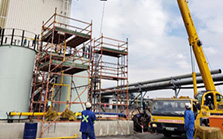
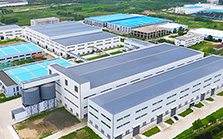
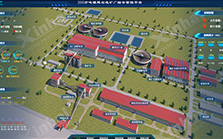
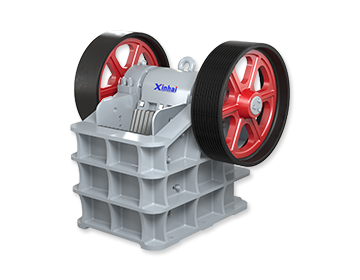
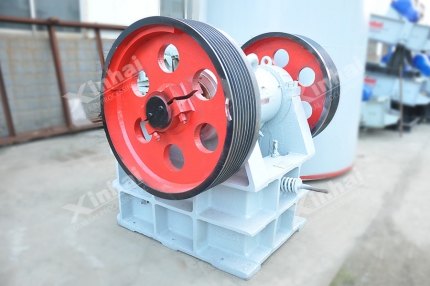

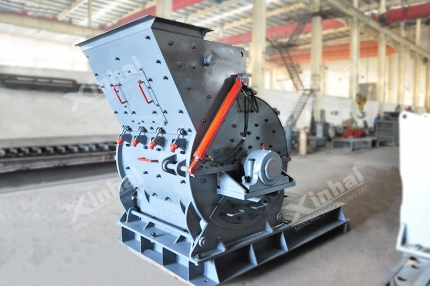
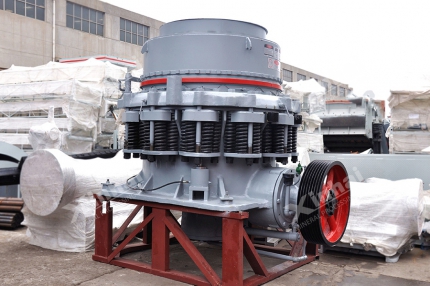
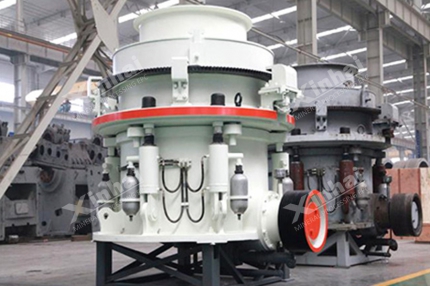
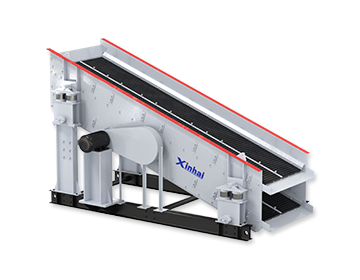
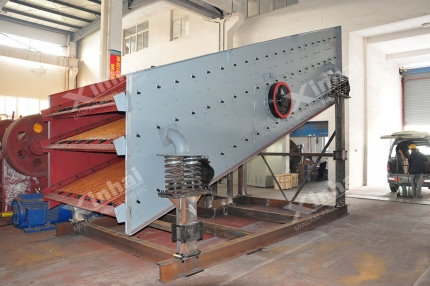
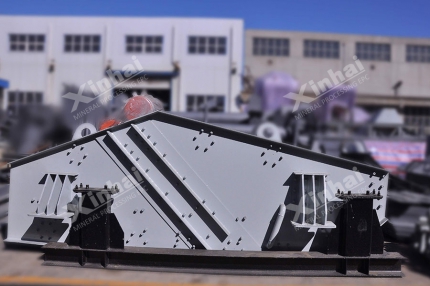
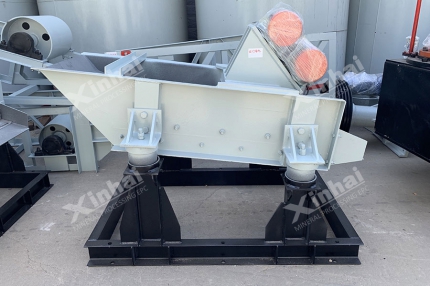
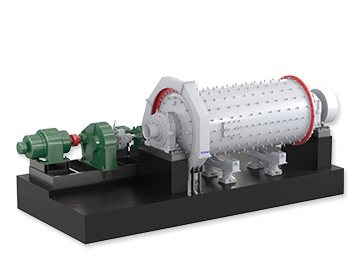
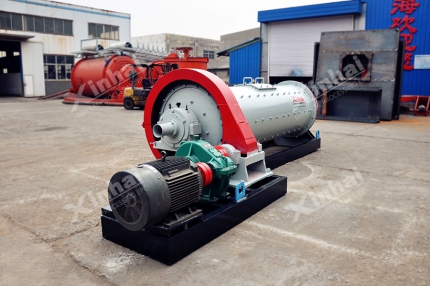
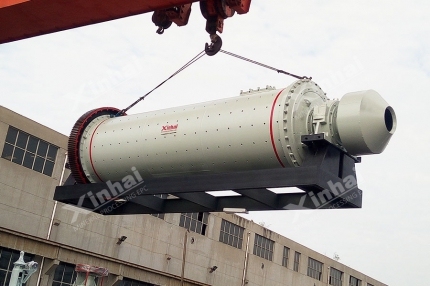
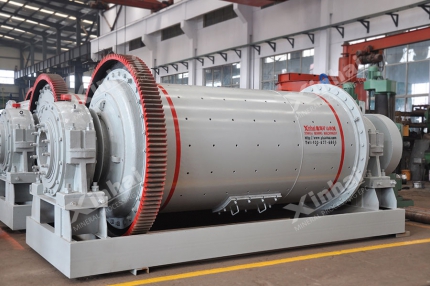
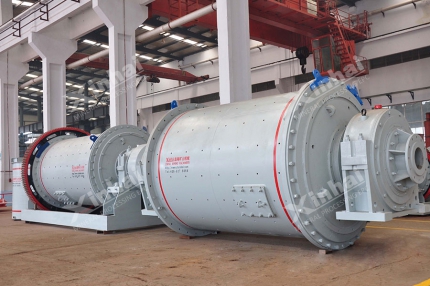
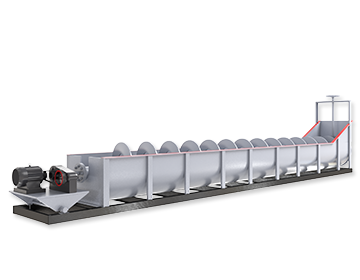
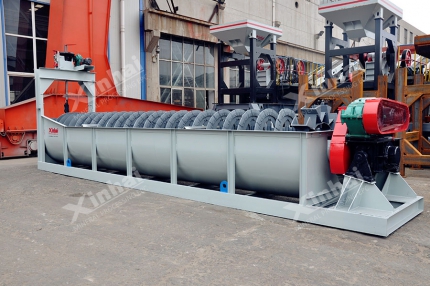
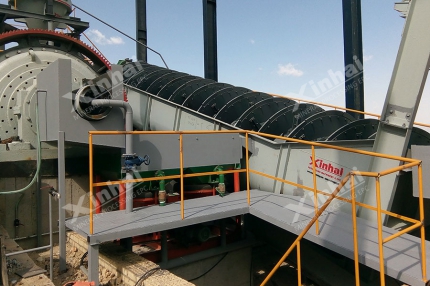
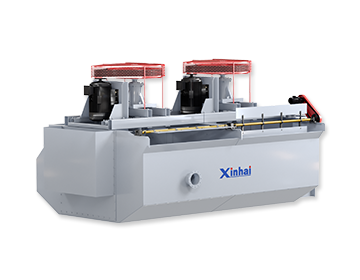
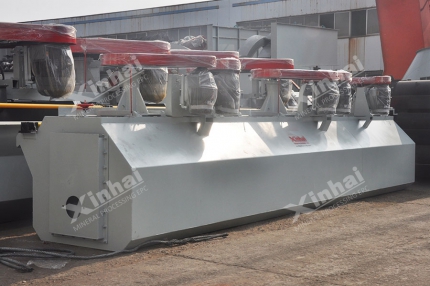
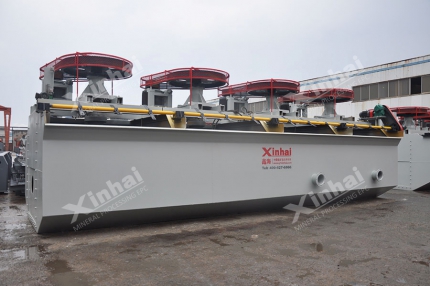
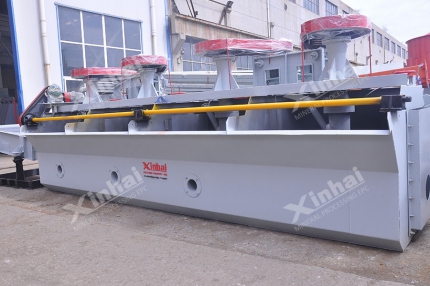
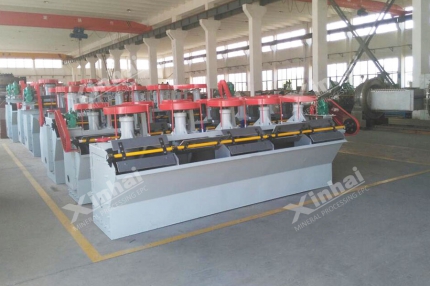
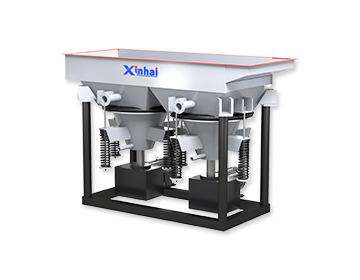
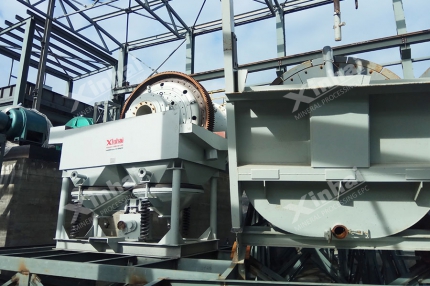
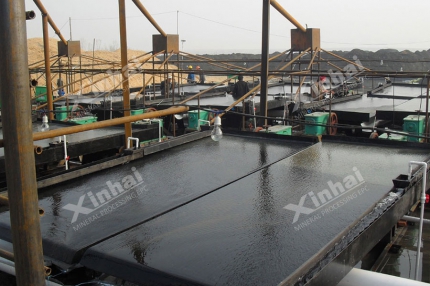
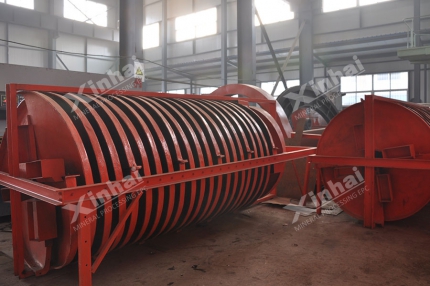
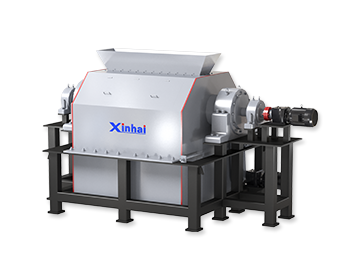
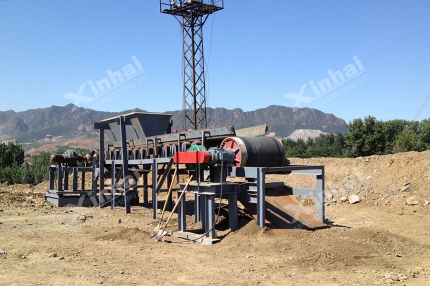
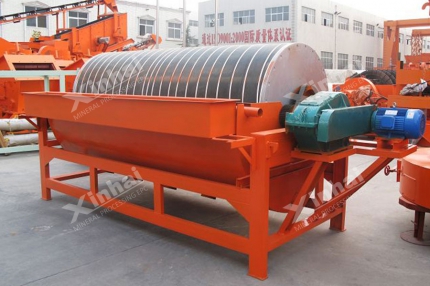
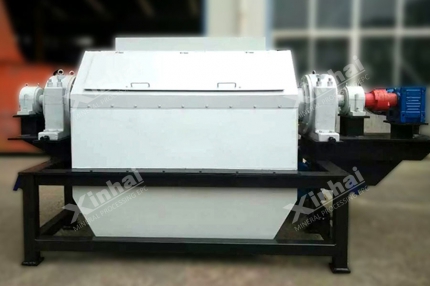
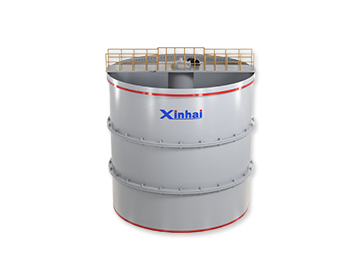
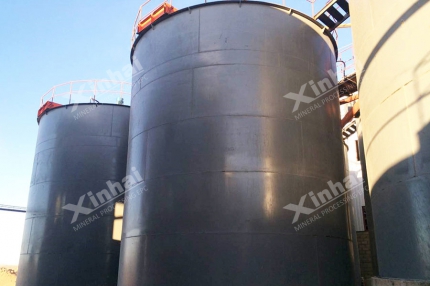
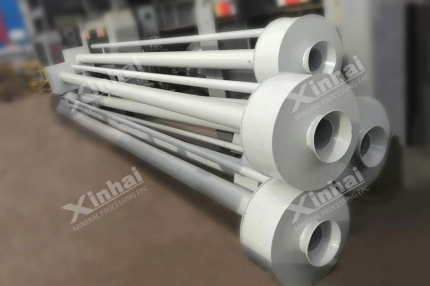
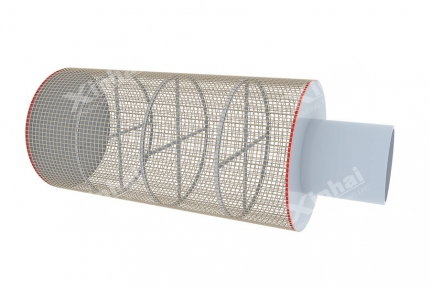
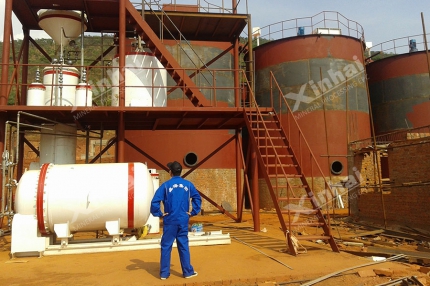
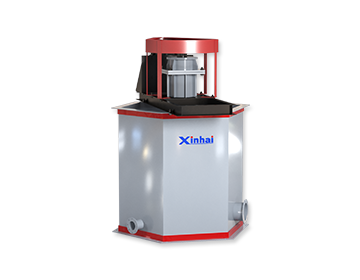
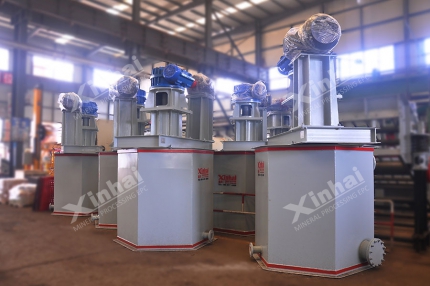
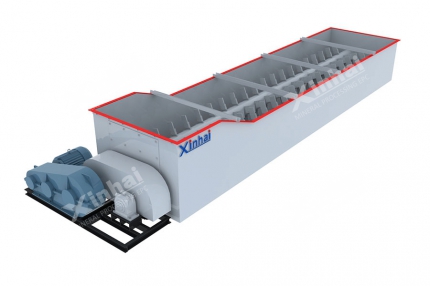
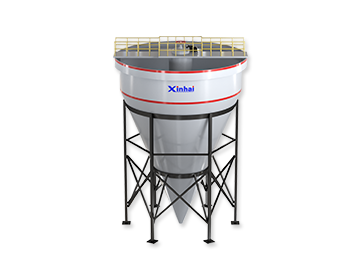
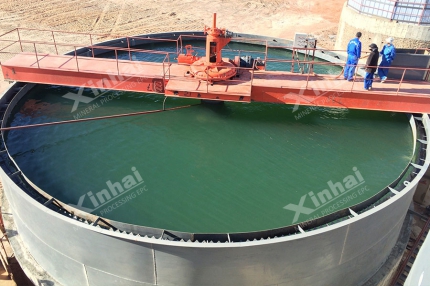
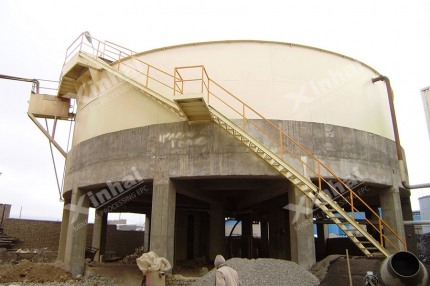
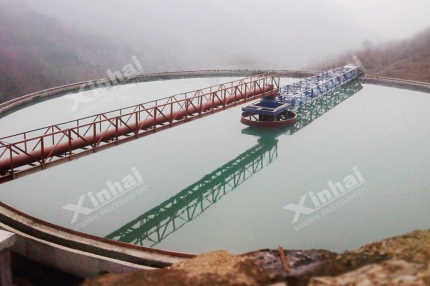
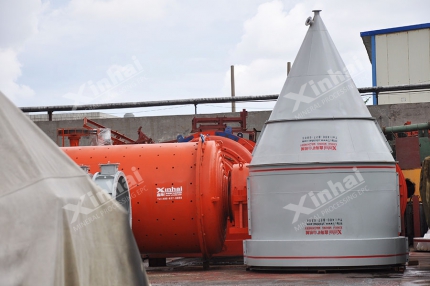
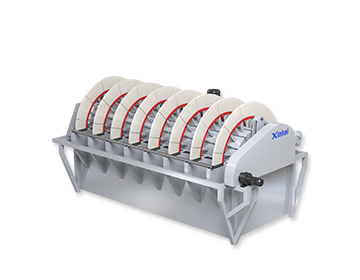
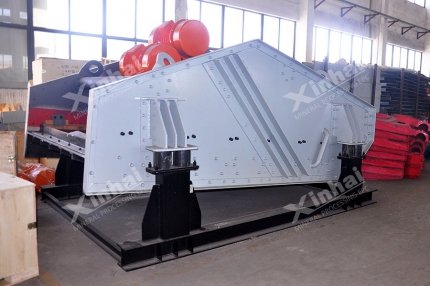
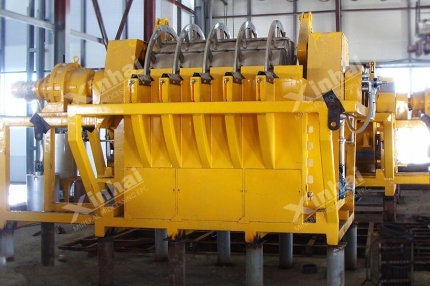
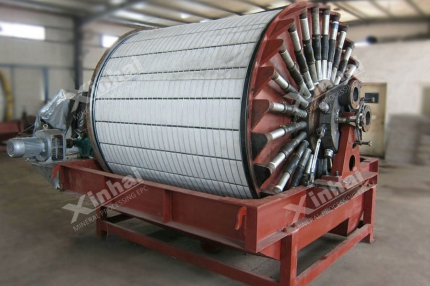
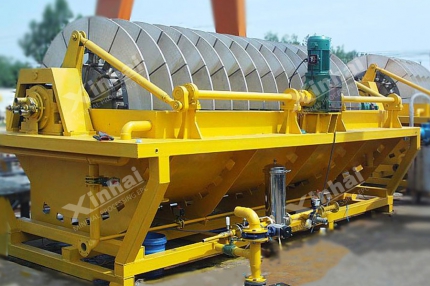
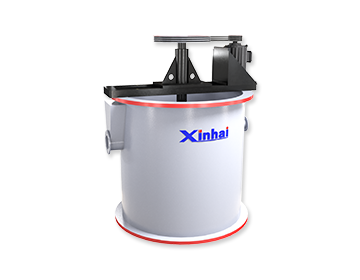
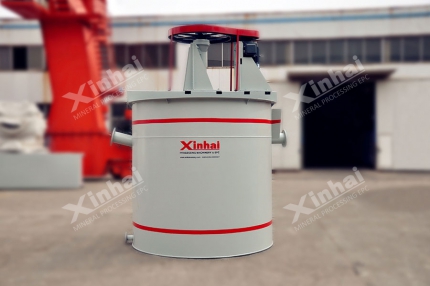
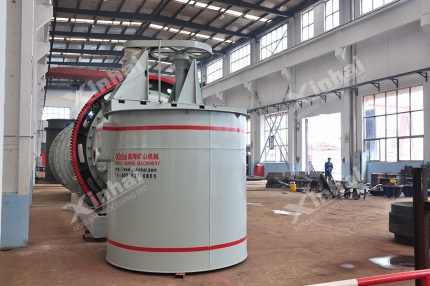
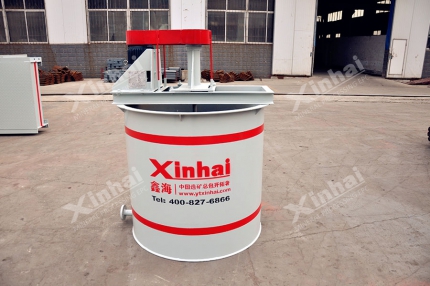
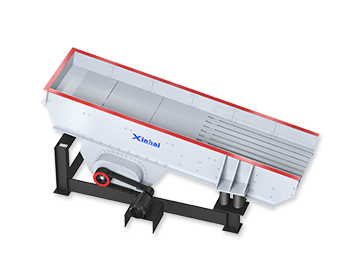
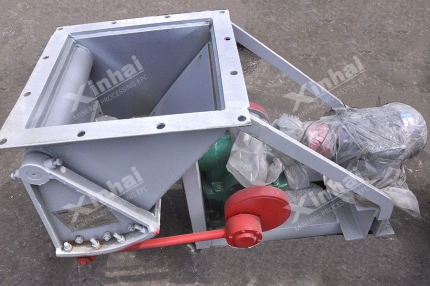
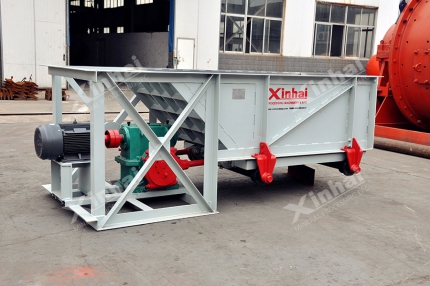
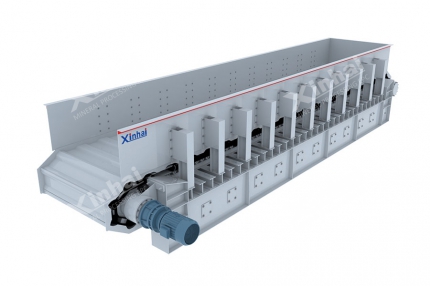
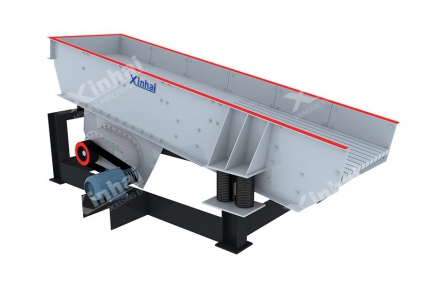
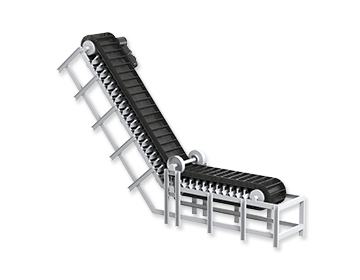
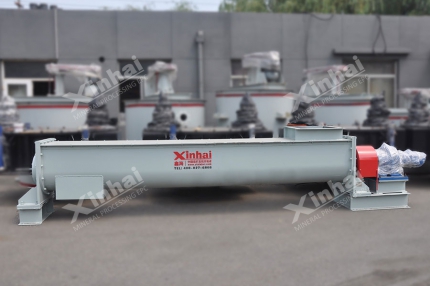
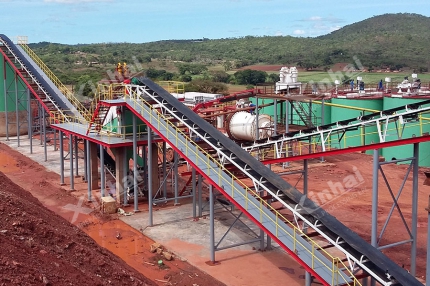
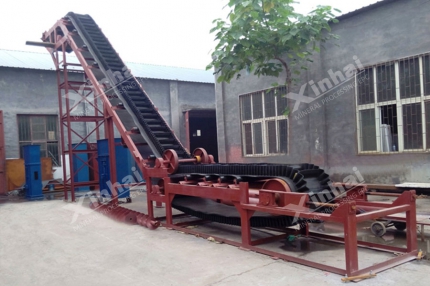
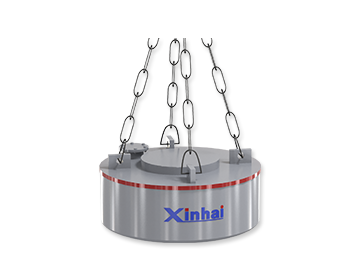
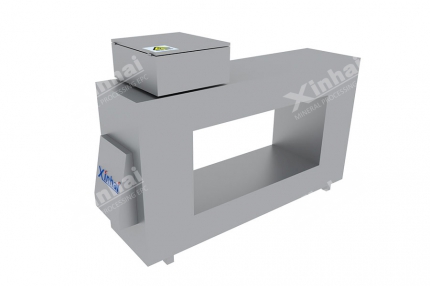
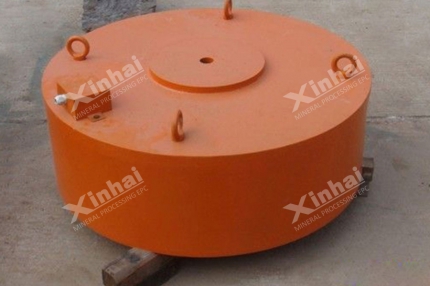
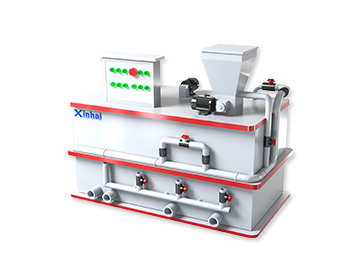
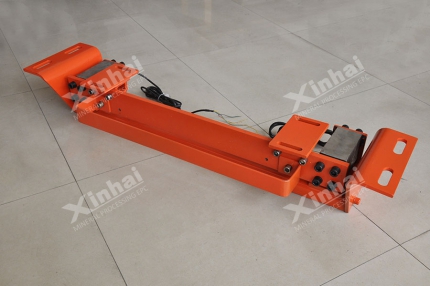
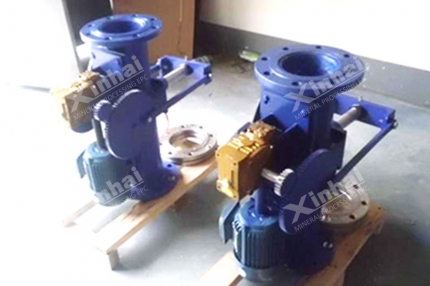
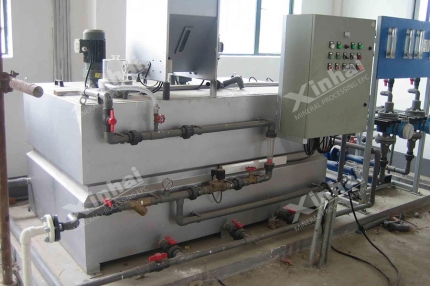
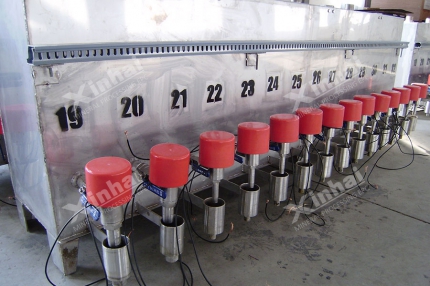
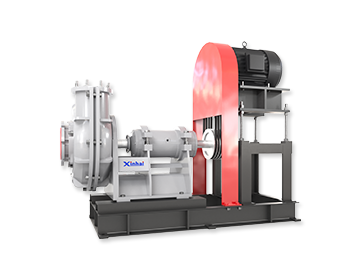
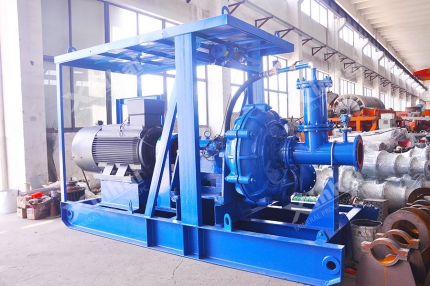
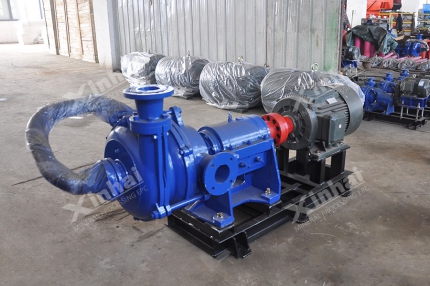
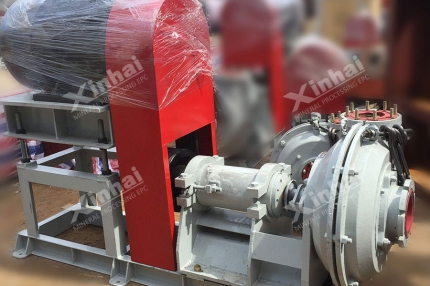
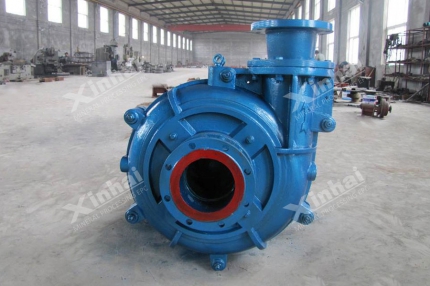
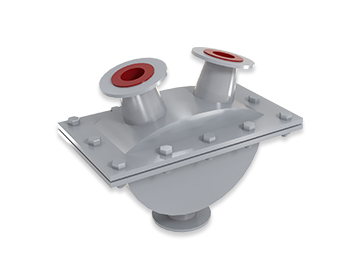
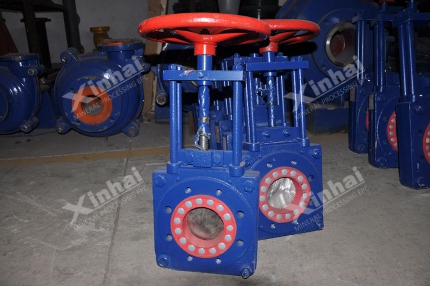
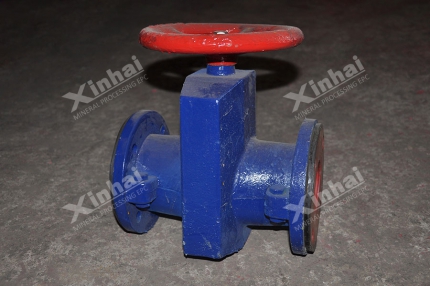
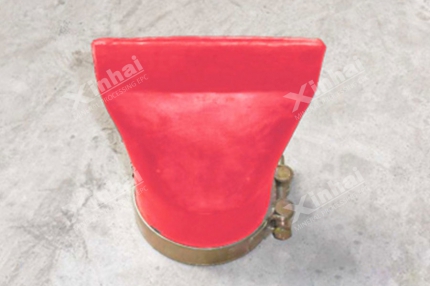
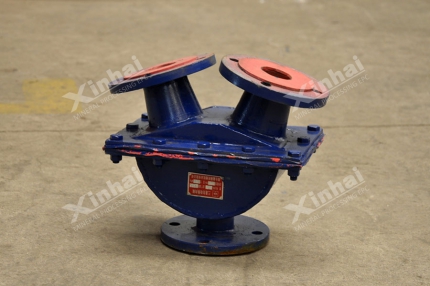
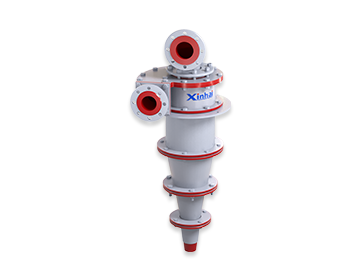
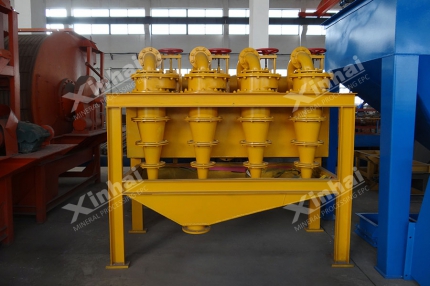
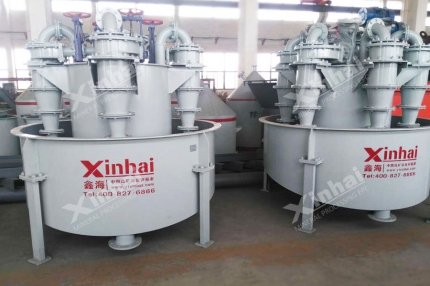
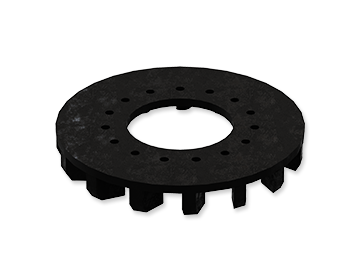
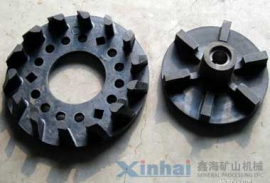
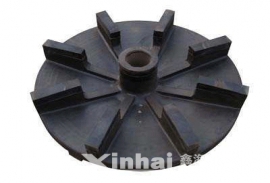
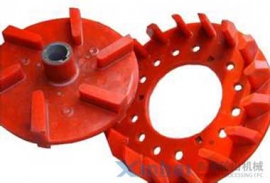
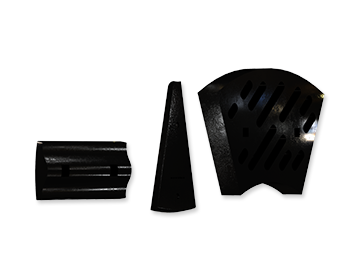


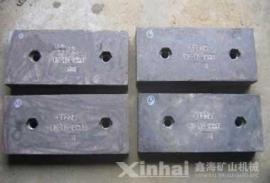
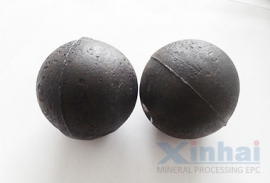
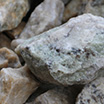
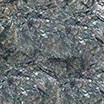
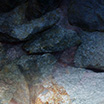
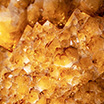


 CHAT
CHAT MESSAGE
MESSAGE



